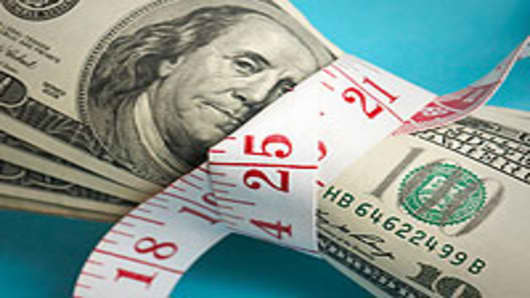“It’s so low it’s a joke,” Mr. Crane said. “At that yield, it would take more than 1,000 years to double your money.”
This microscopic rate of return is part of the continuing fallout of the financial crisis — a consequence of the very loose monetary policy of the Federal Reserve and other central banks. They have held their benchmark short-term rates at rock-bottom levels while using unorthodox methods, known as “quantitative easing,” to restore the health of the global financial system.
There are many indications that this herculean intervention has been working. In the bond market, though short-term interest rates are still hovering near zero, longer-term rates have been on an upward trajectory since late November. In part, this may be a healthy sign, suggesting that the economy is recovering. But it has also created a very unusual situation for financial markets, and it poses some tricky problems for savers, investors and home buyers.
First, how unusual is the current array of interest rates?
William H. Gross, the co-chief investment officer of the Pacific Investment Management Company, or Pimco, the world’s biggest bond manager, says the gap between short- and long-term rates has rarely been greater. Translated into the parlance of the bond market, the “yield curve” has seldom been steeper.
“If you go back in history and look not just in the United States but in global fixed-income markets for several centuries,” Mr. Gross said, you will rarely find a greater disparity between short- and long-term rates.
For investors, this can create some hard-to-resist temptations.
People who have been holding cash in money market funds or in bank certificates of deposit, for example, may be yearning to buy longer-term bonds instead. United States Treasury bonds with 30-year maturities, for example, yield about 4.5 percent; 10-year Treasuries yield about 3.8 percent. These rates are modest by historical standards but are much more attractive than the negligible yields available in the money markets.
Watch out, though. Liquidating investments that pay almost nothing in order to shift to long-term bonds that pay substantially more may not make sense right now, said Robert F. Auwaerter, the head of fixed-income investing at the Vanguard Group.
“Right now, investors need to be thinking about interest-rate risk,” he said. The problem is that interest rates — at both the short and the long ends of the yield curve — are likely to rise this year if the economy keeps expanding.
When bond yields rise, their prices fall. The effect is magnified for longer-term securities, so a 30-year Treasury bond would fall in value much more sharply than, say, a six-month Treasury bill. A money market fund would benefit as interest rates rise.


